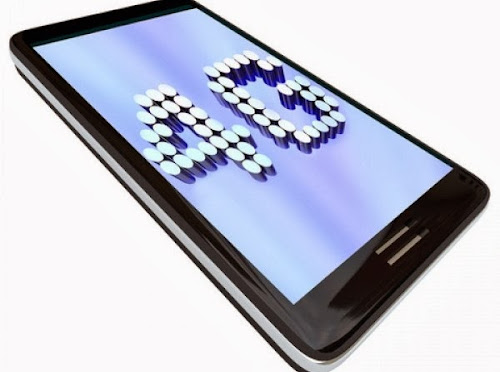A nice overview about the development of 4G cell phones. Look over the different stages and the progress Technology has made!
Smartphones just keep getting smarter, and 4G cell phones are the smartest there is – so far.
However, the journey of the 4G cell phone was a long and tedious one.
In the beginning, the ‘cell phone’ was almost the same with the walkie-talkie or CB radio with its limited number of frequencies; they only differ in that the former allowed two users to speak simultaneously, while the latter required one to be cut off before the other could get a word in.
Then the first generation, or the 1G, analog technology was introduced during the 1970s. Using devices such as advanced mobile phone systems (AMPs), Nordic mobile telephone (NMT) and total access communication systems (TACS), it could now handle more than 359 simultaneous voice exchanges, with its speed peaking at 14.4 kbps. Wireless phones were used for transmitting voice calls only.
A decade later, analog was transformed into digital in the introduction of the 2G technology, which uses the global system for mobile communication (GSM). Aside from GSM, the other systems used were digital AMPS, code-division multiple access (CDMA) and Personal Digital communication (PDC). With a throughput of 9.6 to 14.4 kbps, 2G cell phones allowed multiple users on a single channel and were used for digital transmissions of both voice calls and data, in the forms of fax data short message sending.
Additional services supported by 2G included wireless application protocol (WAP), voicemail and voicemail notification services, mobile location service, cell broadcasting and the option to move from one mobile phone service provider to another while retaining your old number.
2.5G technology relied on the use of general packet data radio services (GPRS), an ‘upgrade’ of GSM. This upgrade included the support for sending graphics-heavy data faster via e-mail, marking the stirrings of early multimedia services and streaming. A few cell phone models also provided for web browsing.
Using the 2.5G platform, the third generation, or 3G, was developed. Multimedia support was further enhanced, allowing the transmission of video, audio, and applications, as well as better streaming quality. At its peak, it can reach up to 3.1 Mbps and thus able to sustain very high data rates. Its higher bandwidth – from 384 Kbps to 2Mbps – also supported video conferencing. Portability across different device types such as PDAs and telephones was now possible. Its air interface, the Enhanced data GSM environment (EDGE) was said to be able to cover wireless interfaces across Europe, Asia and the Americas.
3.5G followed, concentrating on faster speeds to support the ever-increasing data needs of users. From 3.1 Mbps offered by 3G, 3.5G offered 14.4 Mbps peak speed.
Then came 4G.
Speed was further increased for 4G, designed to keep up with the very high data access demand used by various services. Dubbed as the fastest among the standards developed over the past years, it was said to be able to reach 100Mbps on mobile and 1 Gbps when stationary.
When it comes to videos and audio, high-definition (HD) streaming was supported, and more 4G cell phone models were made with HD capabilities to accommodate them.
From the trend over the decades, it is not a far-fetched possibility that 5G is just around the corner, waiting to pounce. For sure, it would offer even faster or extremely high speeds for the users and let them use available bandwidth more efficiently.
Technology – communications technology included – is a continuous work in progress. Something faster, cooler and more packed with features will likely to be developed in the future, but at the moment, 4G cell phones are the smartest phones out there.
